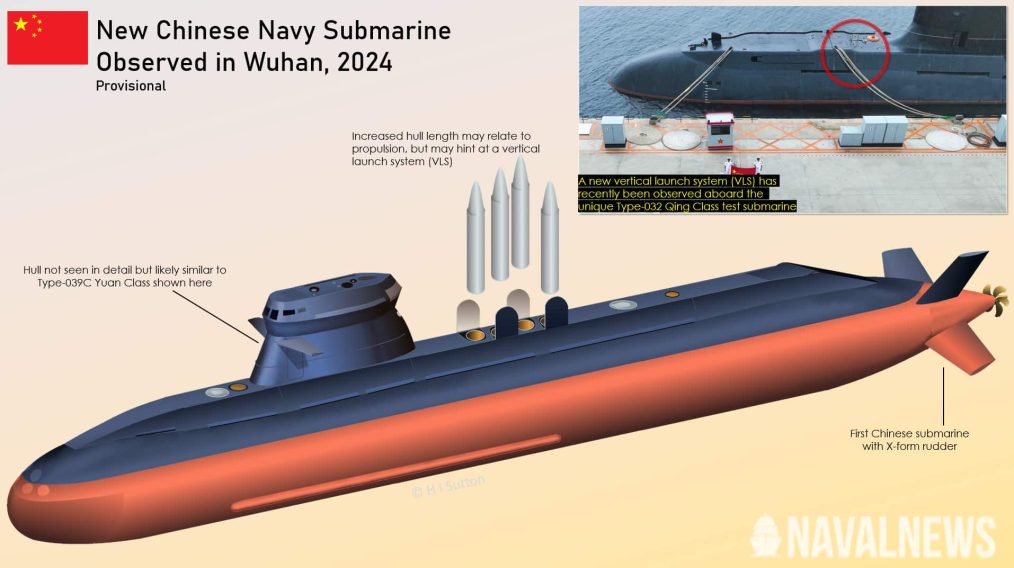CLICK LINK if you wish to print a PDF copy DVA medications
This is a list of products that are available on a doctor’s prescription, for Gold Card Repatriation Patients).
Skin Care: Sorbolene and Glycerine Cream, Calmurid Cream, Pinetarsol Solution, Hamilton Skin Therapy
Wash, QV Bath oil, QV Cream – (DVA Authority Required)
Hair Care: Sebitar Shampoo, Sebi Rinse Conditioner, Selsun Nizoral Shampoo, — (DVA Authority Required)
Sun Care: 15+ Cream, Lotion and Solarstick, Ego Sun Sense 50+, Aquasun.
Oral Hygiene: Savacol Aquae Spray for Dry mouth.
Allergies: Telfast, Claratyne, Zyrtec, Phenergan, Drixine Nasal Spray, Sudafed, Demazin Tablets.
Cough Mixtures: Senagar & Ammonia, Durotuss
Fibre Supplements & Laxatives: Nucolox, Normacol, Metamucil, Coloxyl with Senna, Senokot, Movicol powder sachets, Glycerine Suppositories.
Dressings: Micropore Tape, Cutilfilm Plus Waterproof Dressings, Melolin Dressings, Handy Bandages, Cotton Wool, Betadine Antiseptic, Solugels, Barrier Creams, Disposable Gloves, Prantal Powder,
Bactroban Cream or Ointment.
Haemorroidal Treatments: Proctocedyl Ointment –(DVA Authority Required), Suppositories, Anusol.
Ear Preparations: Ear Clear for Wax, Waxsol, Ceromol Ear Drops.
Eye Drops: Ircal Eye Ointment, Refresh Tears Plus 15 ml.
Vitamins and Minerals: Calcium Sup Tablets (Caltrate), Vit B1 (Betamin), Magnesium Tablets (Mag-Min), Accomin Liquid Tonic, OsteVit-D – (Vitamin D) – (DVA AUTHORITY Required), MultiVitamins –(DVA
Authority Required), Fish Oil Capsules 1000mg –(DVA Authority Required).
Joint Pain & Arthritis: Metsal Cream or Liniment, Arthro-Aid (Glucosamine). Osteaomol 665 Paracetamol
(Replaces Panadol Osteo Tablets), Voltaren Emugel –(DVA Authority Required), Fish Oil Capsules –(DVA Authority Required).
Sexual Health: Viagra, Cialis, Caverject.
Pain: Asprins – Cartia, Astrix Capsules, Cardiprin, Paracetamol. Ibuprofen, Panamax Co, Panadeine Forte.
Weight Loss: Optifast, Xenical.
Various: Nicorette Patches (Quit Smoking), Vermox, Immodium, Gastro-stop, Ural Sachets (Urinary Alkalinizer). •
Always check with your GP as this list changes from time to time. (You could have been paying full price for any of these items without realising you could have them on a prescription, there-by reaching the
Safety Net of $383.00 sooner. Remember after your 60 prescriptions per annum, at $^.40 each, your prescriptions are free. • Some pharmacies are charging discounted scripts at $5.40 each, be aware if you
take the discounted price you will need to achieve $388.80 (72 scripts) to reach the Safety Net.










